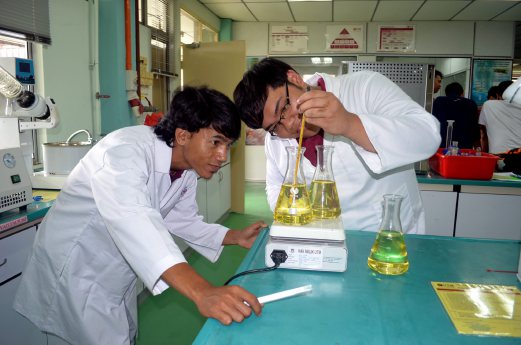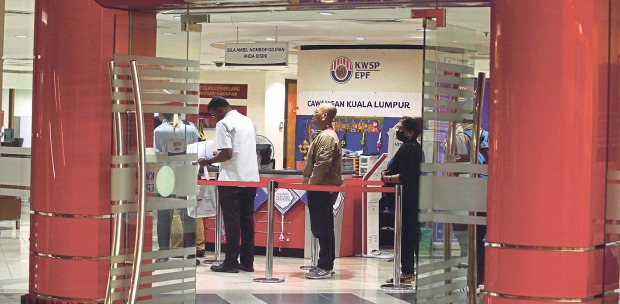TWO viable propulsion technologies are available now for carmakers as the initial step towards energy efficient vehicle (EEV) production.
One being the hybrid electric vehicle (HEV), while the other is the advanced combustion engine route, which have both entered the local automotive market.
HEV is a vehicle that combines an internal combustion engine (ICE) with an electric propulsion system, which leads to improvement in fuel economy and reduction in emission.
The advanced combustion engine, meanwhile, achieves a similar objective by improving the efficiency of the propulsion system through technology developments on the intake of air-fuel mixture and after-treatment of the exhaust gases.
The advantage of the latter is the ability of the propulsion system to be driven by biofuel.
Bioethanol is produced by fermentation process: mostly from carbohydrates in sugar, cellulose or starch. When this is mixed with petrol, it is suitable for fuelling the ICE propulsion system.
Cellulose derived from non-food sources such as trees and grasses are also found to be suitable for ethanol production.
Biodiesel is produced from oils and fats catalysed by the addition of base catalyst and is used as diesel additive to reduce polluting particulates and gases in the diesel engine.
Biofuel research is well undertaken by local experts, especially the academic community in the local universities. A team from the Faculty of Engineering and Science of Universiti Tunku Abdul Rahman is working on tapioca and sweet potato as raw materials to produce bioethanol.
Universiti Malaysia Sarawak, through its Sago Research Centre, is using sago waste on its bio-ethanol fermentation project. The university, in collaboration with a private company, is also working on palm oil waste to develop biodiesel.
On a commercial scale, nationwide implementation of “B5 Biodiesel Programme” is underway. The programme, which uses palm oil as raw material, is under the purview of the Malaysian Palm Oil Board with the participation of a few local petroleum companies.
The initial B5 programme was to market five per cent biodiesel blended with oil-based diesel, an initiative to assist in the government oil subsidy. The programme is now considering the introduction of the higher B7 biodiesel blend in the near term, while studies on the prospects of the B10 and B20 biodiesel are in progress.
It is apparent that biofuel has now entered the local scene and local production promises the possibility of the fuel being used for automotive sector on a bigger scale.
Malaysia holds the potential to be the nationwide biofuel user as the raw materials utilised for the fuel production is of non-staple food, i.e. palm oil and the expansion of palm oil industry is on the rise.
On the contrary, many western nations rely on food crops or utilise food-crop designated land for biofuel production. The issue of food security may retard the use of biofuel in the region while debates on biofuel viability goes on.
It is also important to note that for local carmakers to commit on the production of biofuel vehicles, biofuel production sustainability is crucial, failing which businesses may be hugely affected.
It is also equally important that biofuel production cost must be competitive or cheaper than oil-based petrol and diesel for the fuel to be viably used in automotive mobility.
It is, therefore, advisable for local industry players to ascertain a clear direction as to their propulsion technology choice, i.e. advanced combustion, the hybrid route or both?
Prior to full electric vehicle utilisation, this short- to medium-term business strategy will help the research and technology development community to plan its research and development activities in support of EEV development.






